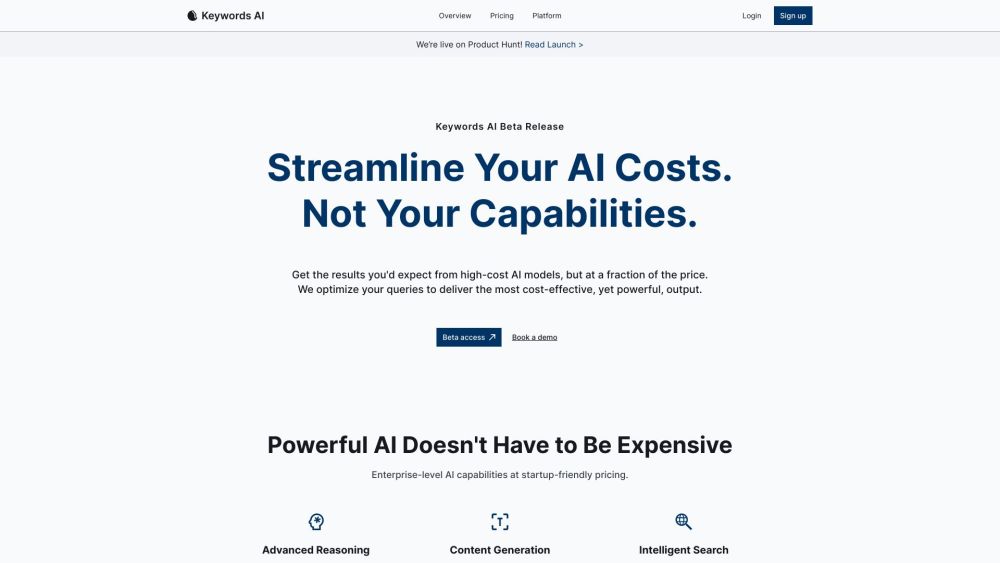Researchers from ETH Zurich have introduced a groundbreaking autonomous navigation system that significantly enhances the speed and maneuverability of wheeled robots in urban landscapes. This innovative control system, powered by reinforcement learning, is specifically designed for wheeled-legged quadrupeds, allowing these robots to seamlessly switch between walking and driving modes as they navigate challenging terrains, including stairs.
The team has successfully tested a prototype Swiss-Mile robot equipped with this advanced control system, which autonomously traversed over 6 miles in urban environments across Zurich, Switzerland, and Seville, Spain. The robot performed these tasks with minimal human oversight, demonstrating the system's effectiveness. The researchers believe their technology could revolutionize robotic deliveries and logistics in densely populated areas.
"The findings highlight the practicality of wheeled-legged robots and the application of hierarchical reinforcement learning for autonomous navigation, with significant implications for last-mile delivery and beyond," they asserted in their research.
Urban environments present distinct challenges for wheeled robots, such as complex navigation requirements and obstacles like uneven terrain and heavy pedestrian traffic, which can impede progress and diminish operational efficiency. However, the researchers are optimistic about the potential of hybrid wheeled-legged robots in these scenarios.
The advancement begins with a human operator scanning urban landscapes using a laser scanner to generate detailed maps. This data is then meticulously processed to create a navigation graph, which is subsequently provided to the robot. Utilizing a reinforcement learning framework, the robot learns to adapt swiftly to varying terrains and obstacles.
The comprehensive mapping allows the wheeled robot to better navigate through intricate environments such as stairs and confined spaces. During demonstrations, the wheeled quadruped adeptly maneuvered across train tracks, concrete stairwells, and indoor shopping areas, strategically stepping only when necessary. It can effectively circumvent blocked paths and recalibrate its route in real-time, maintaining a focus on safety by actively detecting and avoiding humans.
“The wheeled-legged robot system showcases the potential for achieving robust autonomy in intricate and dynamic urban settings through data-driven methodologies,” the researchers stated. “While challenges persist, particularly in enhancing perception capabilities and minimizing human involvement in map development, our research lays the groundwork for future progress in the realm of wheeled-legged robots and autonomous urban applications.”
Funding for this transformative research project was provided by global technology leader Apple, in collaboration with the European Union's Horizon 2020 research and innovation program. This partnership underscores a commitment to fostering technological advancements that bridge the gap between robotics and urban living.





